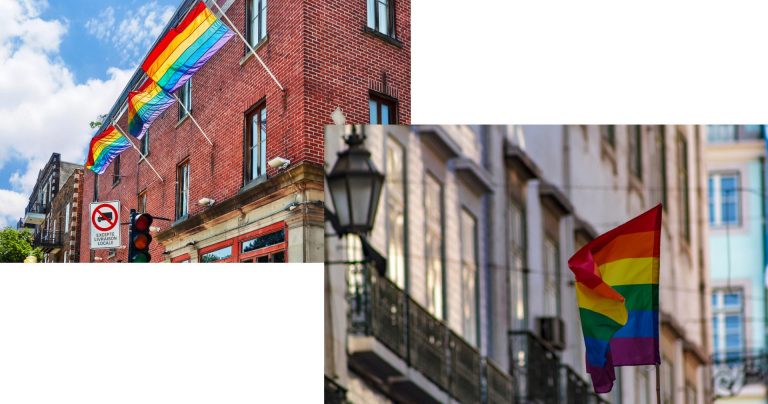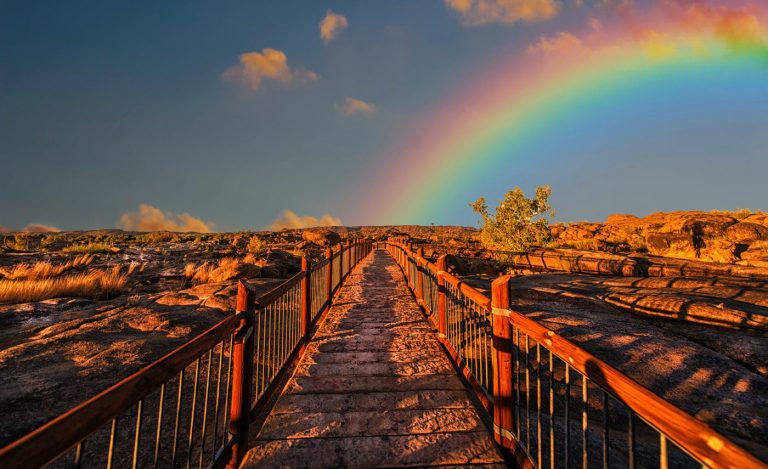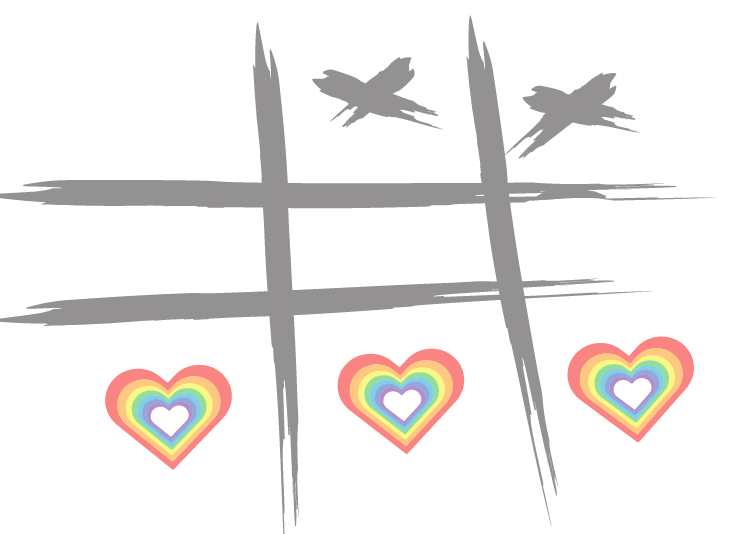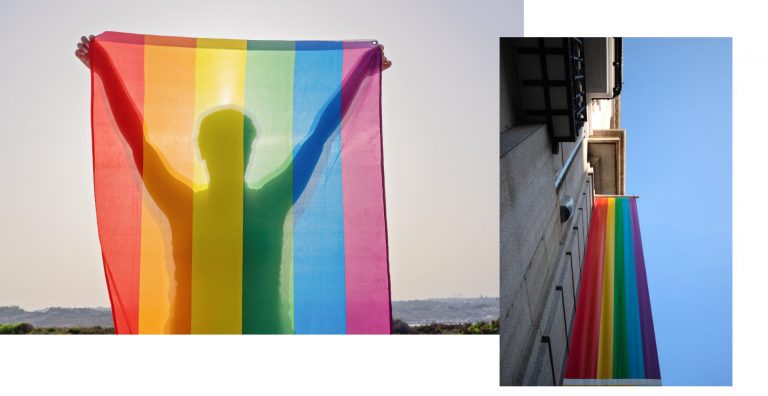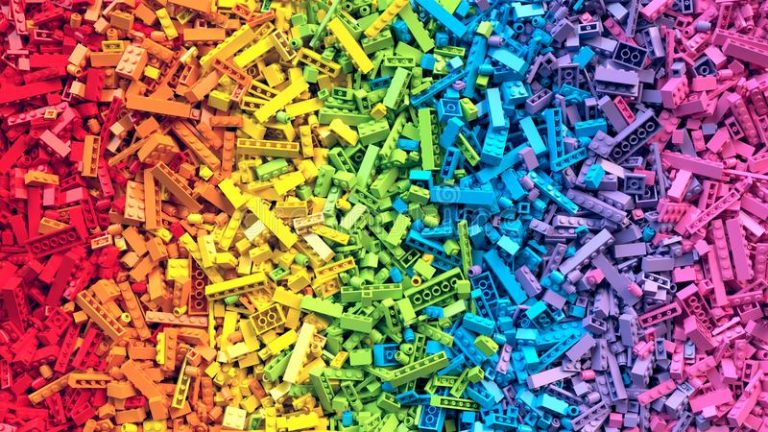The Queer experience in 2021 sits at various crossroads. LGBTQ2S+ (lesbian, gay, bisexual, transgender, queer, two spirit, plus) Pride festivals occur in rainbow-plastered brilliance across the world, corporations funnel sponsorships into Queer focused events and branding, and yet if you ask most “out” Queer folks, safety and security are still fears many of us experience. Today, in 2021, 69 countries still criminalize same-sex relations1, meaning that millions of queer folks continue to live in fear of being who they are.
Queer folks have existed, thrived, and loved since the earliest known records. We are not new, but our cultural and collective-community understanding of Queerness is still in its infancy when compared to other collective-community understandings of belonging. As a community that has had to find a way to exist in oppressive, anti-queer societies, our communities have been largely comprised of chosen families, and claiming that family is always at the risk of losing the one we were and are born to. We are a mosaic of people, connected by our perceived “otherness” to the dominant heterosexual society, and a community that in 2021 is still struggling to regain the connections to our shared heritage that were severed by the loss of the elder Queer generation to the AIDS Epidemic. The political climate at the time deterred any proactive or supportive federal response while AIDS took a devastating toll on urban gay communities2. LGBTQ2S+ people saw their partners, friends, and family die in front of their eyes, and with them an entire generation of learnings, culture, and identity.
I bring up the dark parts of our past and present Queer experience to lay context and understanding for the Queer existence today. Not one Queer person’s experience translates into another; we are all existing in a predominantly anti-queer world, and at multitudes of intersections of systemic oppression. Queer folks are also victims of racial injustice and gender-based violence. Queer transcends everything: able-bodied and disabled, sick and healthy, rich and poor, criminalized, racialized, religious and agnostic, and everything in between. It is an identity that will always exist, regardless of time, place, or geographic location. We are a metaphorical bridge between continents, connected by the dual experiences of love and oppression, as well as the unified struggle of finding ourselves in a world that wishes we would disappear.
As a Queer, Non-binary, white person, my playbook is written by the Black and trans visionaries, the shoulders of whom our movements stand on today. We must listen, gather, learn, and fight in the ways we have always done. This is why, in 2021, my contribution to this playbook is bringing Queer togetherness and activism to an industry that so truly needs it, the Canadian Construction sector.


